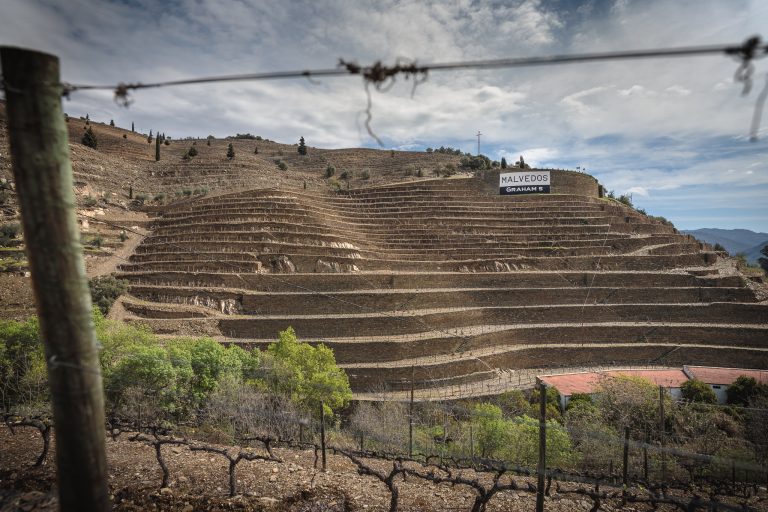Our website uses cookies in order to work correctly and to improve your browsing experience. By browsing this website, you agree to our Cookie Policy.
Vineyard Mapping
2D vineyard mapping is a major contributor to precision viticulture. It involves detailed mapping through aerial infrared imaging to understand vineyard variability, especially with regard to yield and ripening. Better vineyard understanding allows for improved management, particularly with regard to selective harvesting to ensure maximum grape quality.
To develop a customised system, our R&D team conducted a 3-year study to develop a 2D mapping technique to monitor and interpret spatial variance of sugar, acids, anthocyanins, and phenolics in a vineyard. In short, the principle parameters impacting on wine composition and perceived quality.
We selected a vineyard parcel at Quinta do Bomfim (Touriga Franca Block 42) and monitored it over a 3-year period between 2013 and 2015. We investigated the correlation between vine vigour and grape metabolite composition and made microvinifications from grapes harvested on the same day from different parcel sub-zones, for quality comparisons.
The study confirmed important zonal variations with powerful implications for zonal vineyard management. It also helped define harvesting criteria as wines produced from fruit harvested from different analytical zones had distinct sensory profiles with marked differences in quality. Our findings support the concept of selective vineyard management and segmented harvesting to maximize wine quality. The inclusion of grape metabolite mapping added a new dimension, permitting a more complete evaluation of the micro-terroir of small vineyard blocks.



